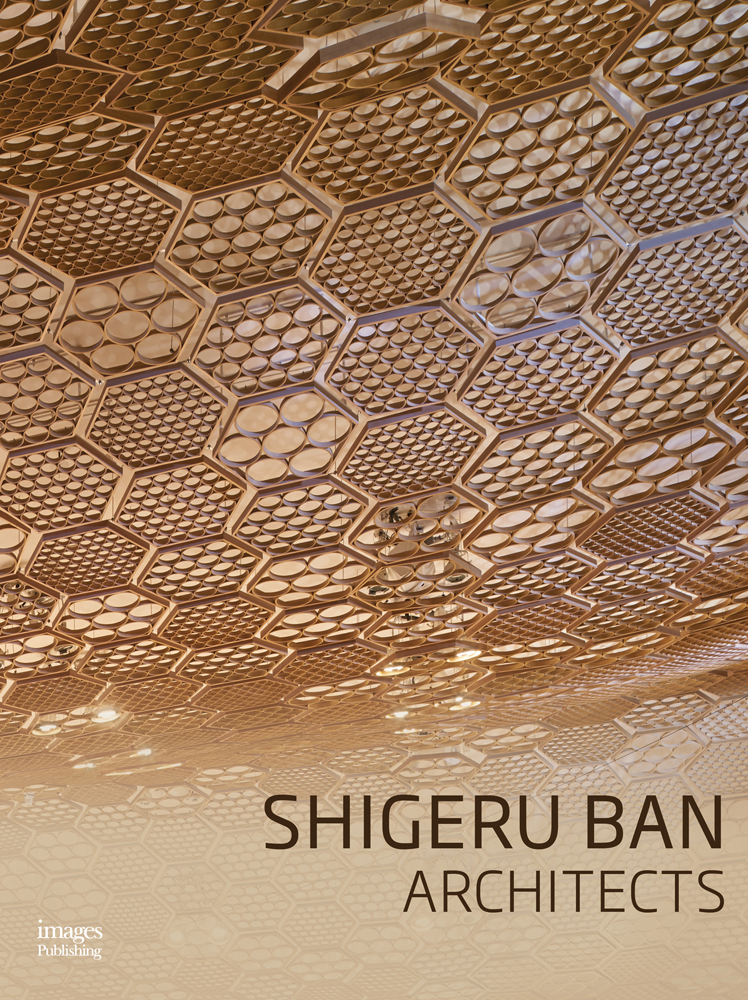Full Description
This richly illustrated monograph delves into the innovative output of one of the world’s most prolific international design and architecture practitioners, Tokyo-based Shigeru Ban. Canvassing an enormous compilation of works, this title is a significant contribution to IMAGES’ stable of works showcasing renowned architects from around the globe. This book features an array of innovative projects, from commercial and residential innovation strategies to humanitarian works, such as emergency shelters made from paper and modular shelters for earthquake victims. Shigeru Ban’s visionary residential design philosophies encompass timber hybrid structures, including a building constructed from cardboard tubes; the tallest hybrid timber structure in the world for a residential tower in Vancouver; as well as the new home designed for the Aspen Art Museum, which features woven wooden cladding. His innovation extends to the industrial design of an architect’s scale pen used for drawing. This book also helps to relay Shigeru Ban’s contemporary discourse on architectural culture, and how it is moving in new directions. This title is a must-have for any serious aficionado of modern architecture, innovative thinking, and design.
About the Author
Born in Tokyo in 1957, Shigeru Ban began by working for Arata Isozaki & Associates in Tokyo in the early 1980s. In 1985 he founded Shigeru Ban Architects in Tokyo. His work is prolific, and he has become unparalleled as an industry peer—his work achieving a significant number of awards over the course of his career. He established the NGO, Voluntary Architects Network (VAN) in 1995. He has also consulted for the United Nations High Commissioner for Refugees (UNHCR). He’s held multiple high-ranking academic posts, namely for the architecture and design faculties at Tama Art University (1993-95); Yokohama National University (1995–99); Nihon University (1996-2000); Columbia University (2000); Keio University SFC (2001-08); Harvard University (2010); Cornell University (2010); Kyoto University (2011); and most recently with Keio University SFC (2015-present). In 2004 he became an Honorary Fellow at the American Institute of Architects (HFAIA), and gained an International Fellowship at the Royal Institute of British Architects (IFRIBA) in 2005, when he also became an Honorary Doctor of Humane Letters at Amherst College; in 2006 he became Honorary Fellow of the Royal Architectural Institute of Canada (HRAIC). From 2006 to 2009 he was on the jury of the Pritzker Architecture Prize, and between 2009 and 2014 he gained two Honorary Doctorates from the Technical University of Munich (TUM) and Cooper Union, respectively. In 2014 he also became Honorary Member of the Japan Institute of Architects, and was selected for the Laureate of the 2014 Pritzker Architecture Prize.
Born in Tokyo in 1957, Shigeru Ban began by working for Arata Isozaki & Associates in Tokyo in the early 1980s. In 1985 he founded Shigeru Ban Architects in Tokyo. His work is prolific, and he has become unparalleled as an industry peer his work achieving a significant number of awards over the course of his career. He established the NGO, Voluntary Architects Network (VAN) in 1995. He has also consulted for the United Nations High Commissioner for Refugees (UNHCR). He's held multiple high-ranking academic posts, namely for the architecture and design faculties at Tama Art University (1993-95); Yokohama National University (1995 99); Nihon University (1996-2000); Columbia University (2000); Keio University SFC (2001-08); Harvard University (2010); Cornell University (2010); Kyoto University (2011); and most recently with Keio University SFC (2015 -present). In 2004 he became an Honorary Fellow at the American Institute of Architects (HFAIA), and gained an International Fellowship at the Royal Institute of British Architects (IFRIBA) in 2005, when he also became an Honorary Doctor of Humane Letters at Amherst College; in 2006 he became Honorary Fellow of the Royal Architectural Institute of Canada (HRAIC). From 2006 to 2009 he was on the jury of the Pritzker Architecture Prize, and between 2009 and 2014 he gained two Honorary Doctorates from the Technical University of Munich (TUM) and Cooper Union, respectively. In 2014 he also became Honorary Member of the Japan Institute of Architects, and was selected for the Laureate of the 2014 Pritzker Architecture Prize.
